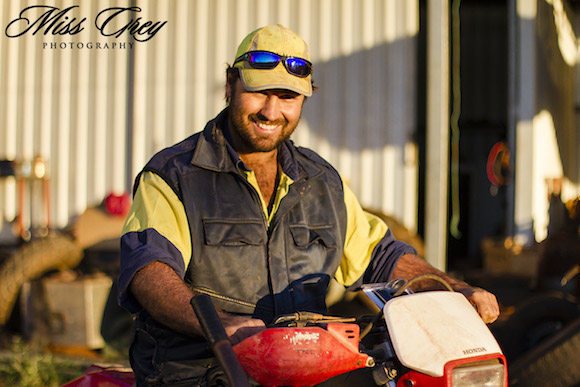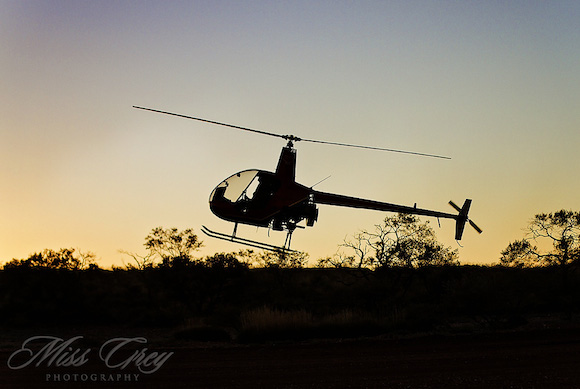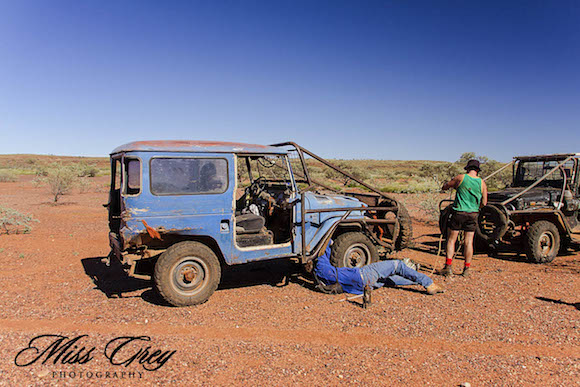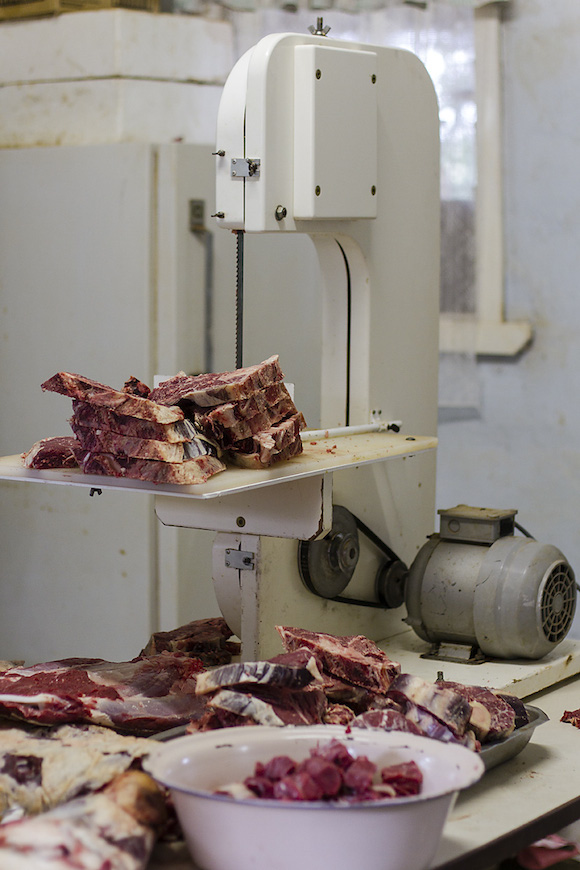The lead up to a muster
Host: Glenforrie Station
Written by Aticia Grey – Manager, Glenforrie Brahmans.
There is always great excitement in the lead up to the first muster of the season. Over the wet season, you’ve had time to conveniently forget the endless hours spent hauling portable panels from one mustering spot to the next, just how uncomfortable your bike seat really is and best of all, just what exactly was wrong with your mustering buggy at the end of the last season. Nothing like a first muster to iron out all the kinks and get you all back into the swing of things again.
 Murray checking over his bike.
Murray checking over his bike.
Though the muster itself is always the most anticipated part of the stock handling process, there is a lot of prep over many days leading up to it to make it happen as smoothly as possible. Horses are brought in, exercised and shod, motorbikes are checked over, and oil changed. Bull wagons are cleaned out of last years stock pile of sticks, radios checked, and one by one, they are shuffled through the workshop and given a reasonably thorough once over. The stock truck is fired up once again and the trailer deemed usable. The race draft and head bale loaded up and sat ready to be taken out to the yard site with the water truck and portable panels. Hessian for the wings, wire and star pickets to hold it up, strainers, bolts, and chains are more often than not forgotten and Avgas needs to go for the chopper.
Then the stock marking gear, botulinum vaccinations, hydraulic dehorners for any bulls, veterinary supplies, preg testing gear, and NLIS reader. The computer with the Stockbook program is prepared for all the individually tagged cattle to be processed through it, their wet/dry/pregnant statuses recorded and ages noted so older cows can be ‘retired’.
The camp caravan is given a once over and restocked with dry supplies for the up coming musters. Swags are made up and stretcher beds claimed. Radios charged, ‘camel backs’ and water bottles filled, and then there is the kitchen . . .
A ‘killer’is singled out a few weeks before the bulk of the crew arrive to restock the meat freezers. This year, we lined up a few sheep from down south and got hold of some pork which is always a welcome change from a fairly steady diet of beef. So begins the slow process of cooking up camp meals. Stews, braise, osso bucco, spaghetti sauce, stroganoff, ribs and apricot chicken all make their way through the slow cooker or oven in readiness for being reheated out at the stock camp. Though it’s hard to beat a feed of steak and spuds cooked in the coals, there is nothing like straggling in after a long day mustering or working in the yards and knowing that all that is between you and a decent feed is a little bit of re-heating.
Cold meat in the form of corned beef and roasts is cooked and frozen, ready for numerous sandwiches. Cakes, slices, and biscuits are cooked in tripled batches for smokos, with extras once again frozen in preparation for long days. Lets not forget the much anticipated desserts, the Glenflorrie stockcamp cheesecakes . . . tough life out here, hey 😉
As a kid growing up on the station, there was nothing like listening for beat of the helicopter blades as they fly in the night before the muster, anticipation and excitement strong as last minute jobs are remembered and the station is a buzz with activity. Now, as an adult, the excitement and anticipation is still there, but with it, a healthy appreciation for all the ‘behind the scenes’work that goes into mustering these properties and keeping them ticking over.



